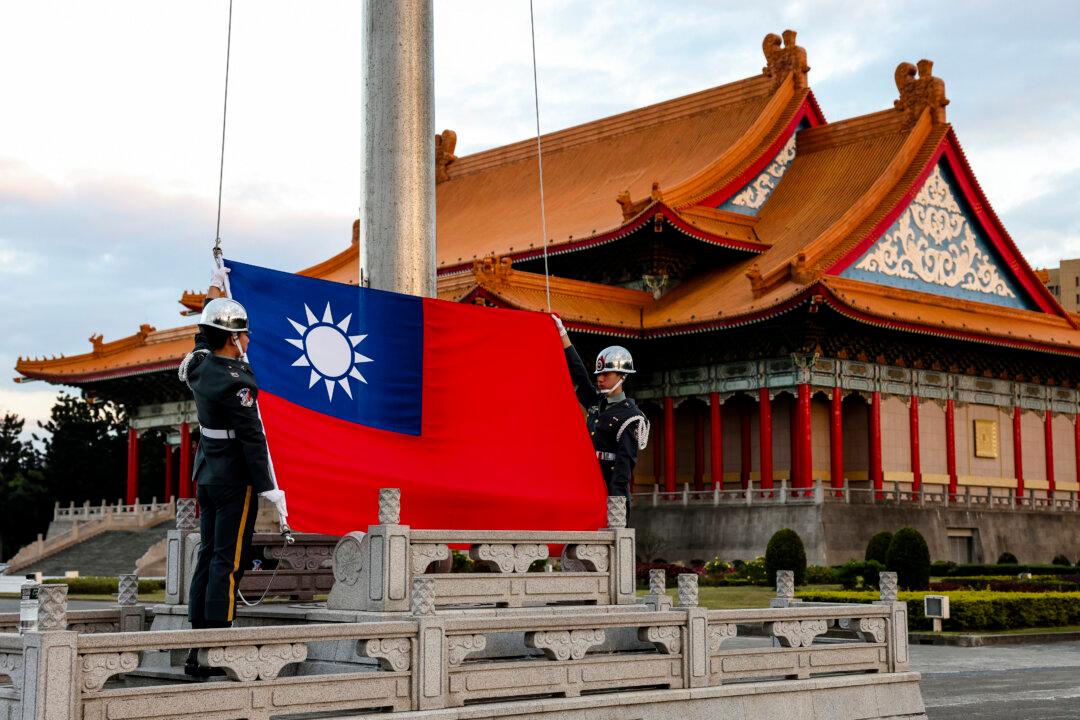A Chinese media blitz has promoted the recent official opening of a bridge connecting Hong Kong, Macau, and the southern Chinese city of Zhuhai as a sign of China’s accomplishments in technological innovation, given the sheer number of patents filed during the bridge’s construction.
But those patents were made possible through heavy government support.





